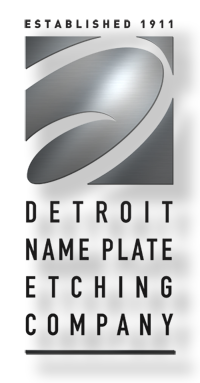In metal fabrication, certain products require extreme precision resulting with a superior finish. Electro forming is the most effective process in this case. It creates metal parts atom by atom in a process that “electrodeposits” the material onto an electrically conducive pattern.
Nickel is primarily used in the process, but copper, silver and gold are also used in the application. The thickness of the metal typically ranges from 5 to 250 microns and is effective for flat and 3D parts. For example, it is the process used for manufacturing products such as CDs and DVDs to encode the information we see or hear when we insert the discs into a player.
Applications for Electro Forming
This technically advanced process is used in a multitude of industries.
- Electronics: magnetic heads for disk drives, EMI shielding, test probes, heatsinks, solder paste pencils
- Automotive and Aerospace: body and interior components, erosion guards, heat shields, thrust chambers
- Printing: postage stamps, currency notes
- Optical: mirrors, holograms, lenses
- Micro Electronic Mechanical Systems (MEMS): semiconductors, encoders, gears, actuators
It is used for producing meshes, screens, grids and filters with tiny holes or features required for the medical industry, photo etching, screen printing, batteries, electric shaver foils, optical encoders and metalizing plastic foam.
The distinct advantage in electro forming is its ability to create almost microscopic effects, such as a 2 micron layer on a foil with a thickness of 5 microns. It is increasing in demand with the drive toward smaller technology and devices.
Contact us to discuss your manufacturing needs and the solution provided through electro forming.
